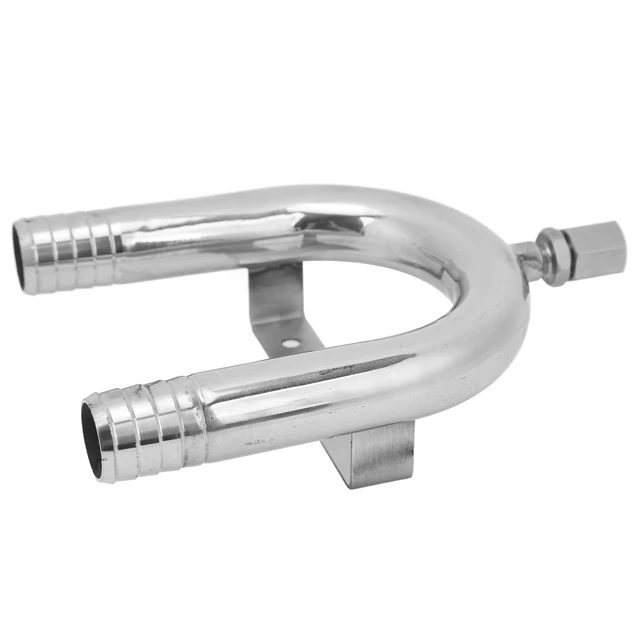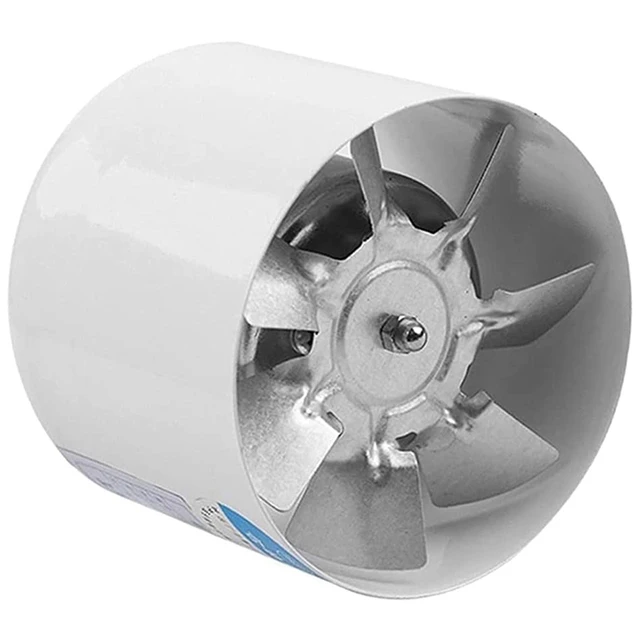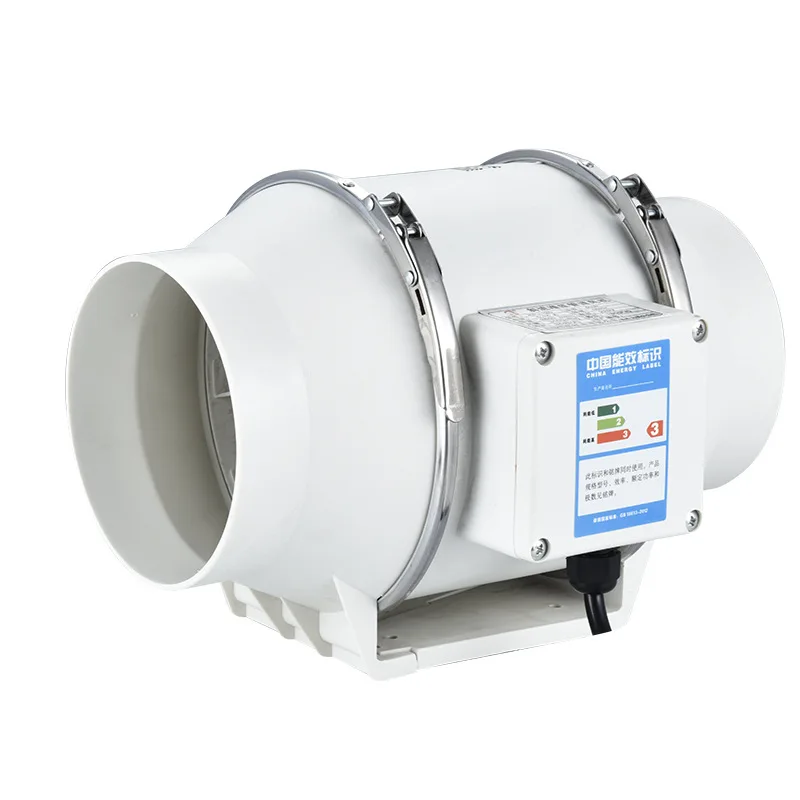 Introduction:
Introduction:
A toilet vent pipe is an essential component of a plumbing system that ensures proper drainage and prevents sewer gas buildup in the home. In this comprehensive guide, we will explore the purpose, installation, maintenance, and importance of a toilet vent pipe in your plumbing system.
 Understanding the Toilet Vent Pipe
Understanding the Toilet Vent Pipe
Purpose:
A toilet vent pipe, also known as a plumbing vent or air admittance pipe, is a vertical pipe that connects to the drainage system of a toilet.
Its main purpose is to allow air into the plumbing system, preventing the formation of vacuum and sewer gas buildup.
The key functions of a toilet vent pipe:
Airflow and Pressure Equalization:
The vent pipe allows fresh air to enter the plumbing system and creates a pathway for the escape of any trapped air or gases. It helps maintain proper airflow and equalizes pressure within the system. This prevents issues such as gurgling sounds, slow drainage, and even potential water backup in fixtures.
Removing Sewer Odors:
The vent pipe helps prevent unpleasant sewer odors from being emitted within the house. By allowing air to circulate and escape through the vent stack, it prevents gases generated by waste and sewage from entering the living space.
Water Seal Protection:
The vent pipe also protects the water seal within the trap of the toilet and other fixtures. The water seal helps to prevent the escape of foul gases from the sewage system into the bathroom. The vent pipe eliminates the risk of siphoning out the water seal when fixtures in other parts of the plumbing system are used, ensuring that the trap always remains intact and functional.
Drainage System Efficiency:
Proper venting through the vent pipe helps maintain the efficiency of the drainage system. It prevents the formation of vacuums or airlocks that can impede the flow of wastewater. By providing necessary ventilation, the vent pipe enables smooth and unrestricted drainage of waste and wastewater from toilets and other fixtures.
How It Works:
The toilet vent pipe works on the principle of positive pressure.
It allows air to enter the drainage system, equalizing the pressure and facilitating the smooth flow of wastewater.
 Installation and Components of a Toilet Vent Pipe
Installation and Components of a Toilet Vent Pipe
Placement and Size:
The toilet vent pipe is typically installed vertically, extending from the plumbing system and terminating above the roofline.
The size of the vent pipe is determined by the local building codes and the number of fixtures it serves.
Components:
The essential components of a toilet vent pipe include:
Stack: The vertical pipe that extends through the roofline to vent sewer gases and allow fresh air into the plumbing system.
Vent Cap: The protective cover placed on top of the vent stack to prevent debris, rain, or animals from entering the pipe.
Vent Flashing: The metal or rubber material installed around the vent stack’s base to prevent water from leaking into the roof.
Importance of a Toilet Vent Pipe
Preventing Sewer Gas Buildup:
The primary role of a toilet vent pipe is to prevent sewer gas, consisting of harmful odorous gases like hydrogen sulfide, from entering the living space.
The vent pipe allows these gases to escape above the roofline, maintaining a healthy and safe environment.
Equalizing Pressure:
The vent pipe helps equalize the pressure within the plumbing system, preventing negative pressure that can create drainage issues, gurgling sounds, or slow-flushing toilets.
Promoting Drainage:
By allowing air to enter the plumbing system, the vent pipe facilitates proper drainage, preventing water stagnation and clogs.
Maintenance and Troubleshooting
Regular Inspection:
Regularly inspect the vent pipe and its components to ensure they are free from damage, blockages, or deterioration.
Check for any signs of deterioration in the vent flashing or damage to the vent cap.
Clearing Blockages:
In case of a blockage in the vent pipe, it is important to clear it promptly.
A plumber can use specialized tools like drain augers or high-pressure air to remove obstructions and restore proper airflow.
Professional Assistance:
If you encounter significant issues with your toilet vent pipe or suspect a complex problem, it is advisable to seek the help of a licensed plumber.
Professional plumbers have the expertise and knowledge to diagnose and resolve plumbing issues effectively.
 There can be a relationship between toilet leaks and the toilet’s vent stack or drainpipe.
There can be a relationship between toilet leaks and the toilet’s vent stack or drainpipe.
In addition, there can be a relationship between toilet leaks and the toilet’s vent stack or drainpipe.
Vent stack:
The vent stack is a vertical pipe that extends from the drainage system and passes through the roof to provide proper ventilation to the plumbing system. It allows air to enter the drainpipes, equalize pressure, and prevent water flow disruptions. If the vent stack is blocked or clogged, it can lead to issues like slow drainage, gurgling sounds, and even potential water backup in the toilet bowl, which may cause leakage.
Drainpipe:
The drainpipe carries wastewater from the toilet to the sewer or septic system. If there is a blockage or partial obstruction in the drainpipe, it can cause water to back up and overflow from the toilet bowl, resulting in leakage. A common cause of drainpipe blockages is the accumulation of non-flushable items, excessive toilet paper, or tree root invasion.
It’s essential to address any leaks promptly to avoid further damage or potential health hazards. If you suspect that the toilet leak is related to the vent stack or drainpipe, it may be necessary to consult a professional plumber to inspect and resolve the issue.
They can assess the plumbing system, clear any blockages, and ensure proper ventilation, allowing the toilet to function correctly without leaks.
But the water level in a toilet bowl is not directly related to the toilet’s vent stack or drainpipe. The water level in the toilet bowl is primarily determined by the design of the toilet and the functioning of its internal components, such as the fill valve and flush valve.
 Conclusion:
Conclusion:
The toilet vent pipe is a crucial component of a plumbing system that ensures proper drainage and prevents sewer gas buildup. By understanding its purpose, components, and importance, you can maintain a well-functioning plumbing system and a clean, odor-free environment. Regular inspections, clearing blockages, and seeking professional help when needed are key to maintaining a reliable toilet vent pipe. By giving due attention to this vital aspect of your plumbing system, you can ensure a trouble-free and hygienic experience in your bathroom.


